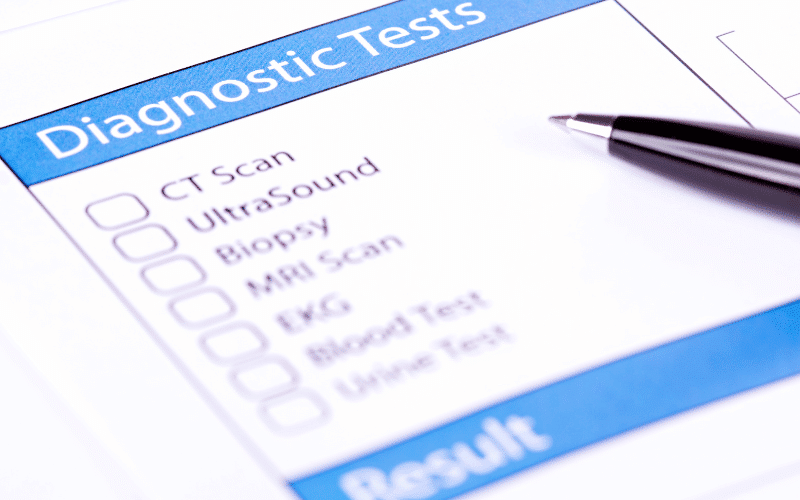Fact 5: The Diagnostic Challenge: Unraveling Cerebellar Ataxia

Owing to the complexity of its presentation, diagnosing cerebellar ataxia can be a daunting task. Yet, it’s a crucial step in managing this condition effectively. The diagnostic journey often starts with a thorough medical history and physical examination, designed to evaluate symptoms and look for potential causes.
Next, a series of tests may be conducted to narrow down the diagnosis. Neurological examinations can shed light on the level of coordination and balance, while imaging tests like MRI and CT scans can provide a detailed look at the brain’s structures, specifically the cerebellum.
In some cases, genetic testing may be employed, especially when a hereditary ataxia is suspected. These tests can identify specific genetic mutations associated with certain types of cerebellar ataxia.
While these tests are vital in confirming a diagnosis, they also serve a broader purpose. They help to rule out other potential conditions that may mimic cerebellar ataxia, ensuring that the treatment plan is tailored to address the correct condition. (5)